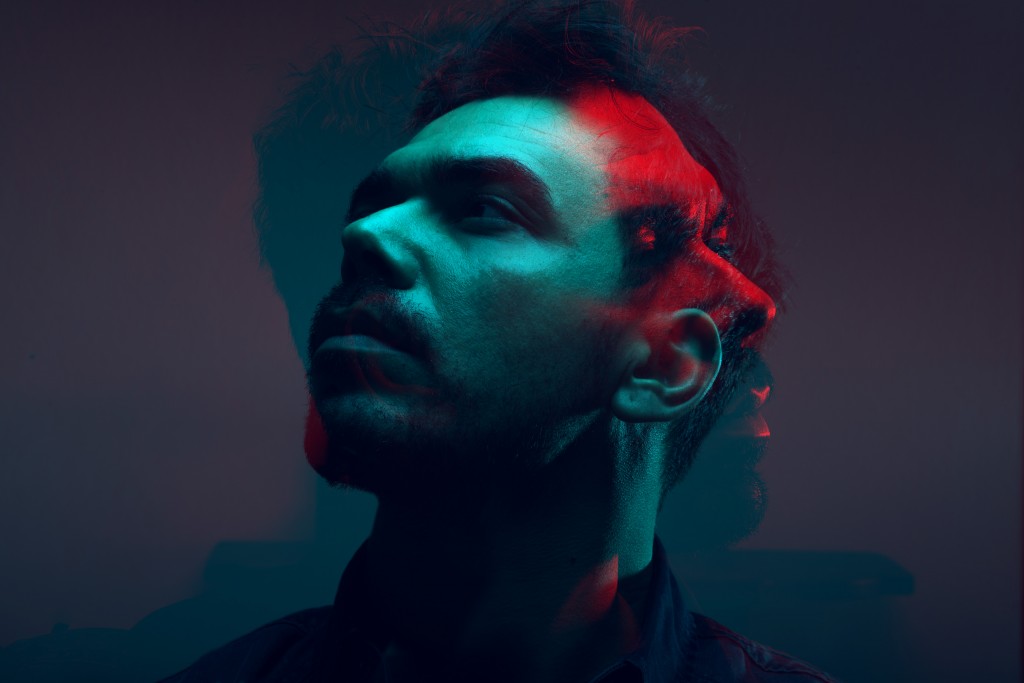The New Yorker’s Patrick Radden Keefe reports on the fascinating case of British “super-recognizers”—highly specialized detectives capable of remembering faces with an almost computer-like accuracy. Scotland Yard and the London police employ these sharp-eyed cops to match mug-shots to pixelated security footage, compare suspects in custody to years-old file photos, and generally help sort out just who’s who in the course of a criminal investigation. Keefe recounts how many of these agents make arrests off-duty, recognizing the face of some n’er-do-well at a crowded bar after seeing him on a WANTED notice years ago.
Achieving this quirky rank requires more than a little natural ability. A 2009 academic article on “People with Extraordinary Facial Recognition Ability” found that they were “about as good at face recognition and perception as developmental prosopagnosics are bad.” Of course, training comes into it, too, but one doesn’t struggle to see how this sort of skill depends to a large degree on the happenstance of genetics.
I said that these super-recognizers achieve “almost computer-like accuracy.” In fact, they do better than computers. They are able to adjust for changes in lighting, the progress of age, or bad angles at which pictures are often taken. Detective Chief Inspector Mick Neville, who created the super-recognizer unit at Scotland Yard, seems adamant on this point. “It’s bullshit,” Neville told the New Yorker when asked about computer facial recognition software, pointing out that the average person—never mind the average super-recognizer—can identify a family member from behind. “No computer will ever be able to do that,” he said.
And he’s right. There’s something about the human ability to place a face that’s essentially unquantifiable. Which makes the existence of the super-recognizers itself such a delicious irony. These detectives spend a lot of time looking at computer screens, combing through the endless backlog of surveillance footage captured by London’s more than six million CCTV cameras. Without this raw data, the super-recognizers would prove a lot less helpful, and, as Keefe points out, “unless somebody recognizes a suspect, CCTV footage is effectively useless.”
This symbiotic relationship raises interesting questions about the sacrifices and demands of contemporary public life. Living under the watchful eye of the nearest camera lens, as most of us spend most of our time doing, are we really aware of how pervasive our state-sponsored surveillance apparatus truly is? And not only that--the images captured by these cameras are now no longer simply collecting dust in some digital broom closet, but are being reviewed and recognized by highly trained human agents.
Techno-optimists and localists both will find reason to balk, but the super-recognizers suggest with their example that our digital future will be a mixed one--one in which even our best machines will be supplemented by a corrective human element.
2 min read
August 18, 2016






